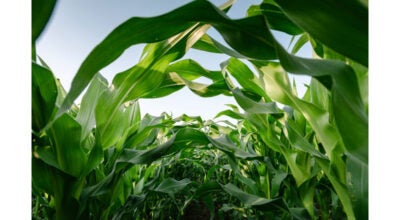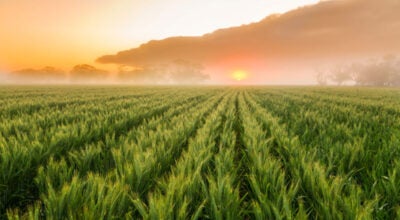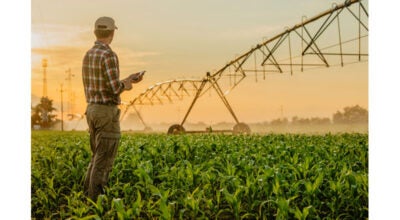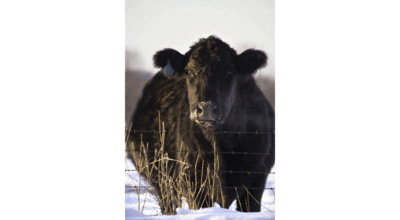Farmers’ dry winter worries getting stronger
Published 11:14 am Wednesday, February 14, 2018
Virginia Farm Bureau
CHARLOTTESVILLE
A dry fall and an even drier January are creating some concerns for Virginia farmers.
“I don’t think I stepped foot in mud on the two farms where I feed cattle until last Monday. That’s how dry it is,” said Robert Harper, who raises cattle in Goochland and Powhatan counties and serves as Virginia Farm Bureau Federation grain marketing manager.
It’s good that farmers can get out in the fields during this mid-winter dry spell, Harper noted. But topsoil moisture rates are low on 29 percent of Virginia’s farmland, according to a National Agricultural Statistics Service report Jan. 29.
That’s worrisome if the dry spell continues much longer, said Jerry Stenger, director of the state office of climatology at the University of Virginia.
“We could be in a bad situation regarding water supplies for everyone once we get to the beginning of the growing season,” Stenger said.
“We’re in the part of the year when it’s colder and there’s very little uptake by plants. So what precipitation we do get has a good chance of passing down through the topsoil into our groundwater system.”
However, Harper said there is a silver lining.
“Farmers have told me they’ve gotten some deep tillage done. Some folks have gone over their farmland and gotten lime down and not gotten stuck. And some of the tobacco growers we work with have had a real good month working land and getting ready for next spring.
“Wheat, barley and oats are pretty much dormant now, so they can handle dry weather this time of year. In my opinion if folks got their crop well established, this isn’t hurting them any,” Harper added.
At the end of 2017, Virginia’s groundwater system statewide was not in good shape, with levels either low or approaching critical levels, Stenger noted.
“We have had very few moisture-bearing systems coming through Virginia this winter, the exception being some systems in Eastern Virginia that brought levels up near normal there,” he added. But in the Shenandoah Valley and the rest of the state, groundwater supplies are below 75 percent what they normally are in winter.
“Farmers who have livestock and rely on ponds for water could be facing problems, because those ponds could dry up” as early as this spring, Stenger said. “We can only hope for an increase in winter storms in Virginia to bring our moisture reserves up before the growing season starts.”





